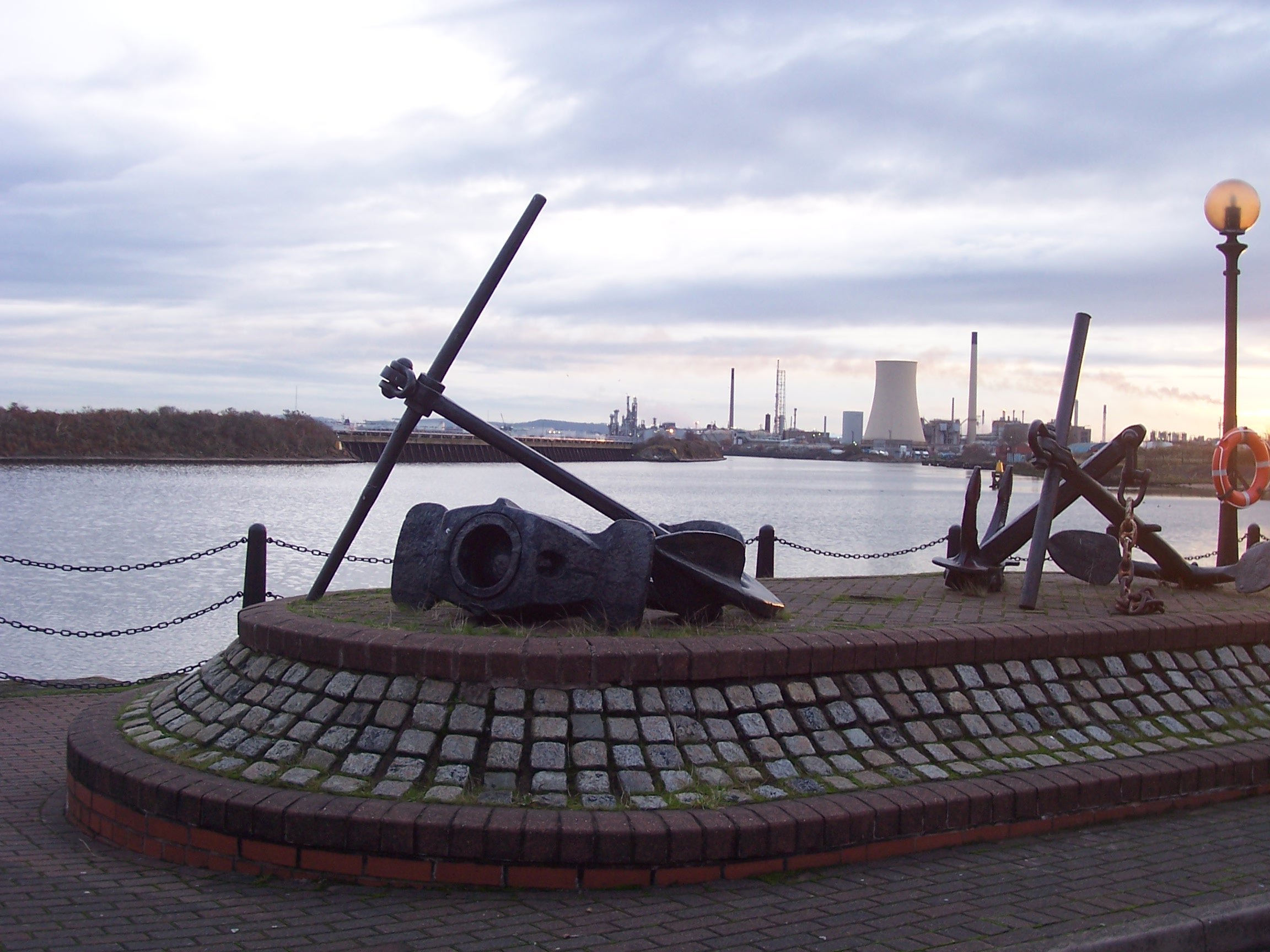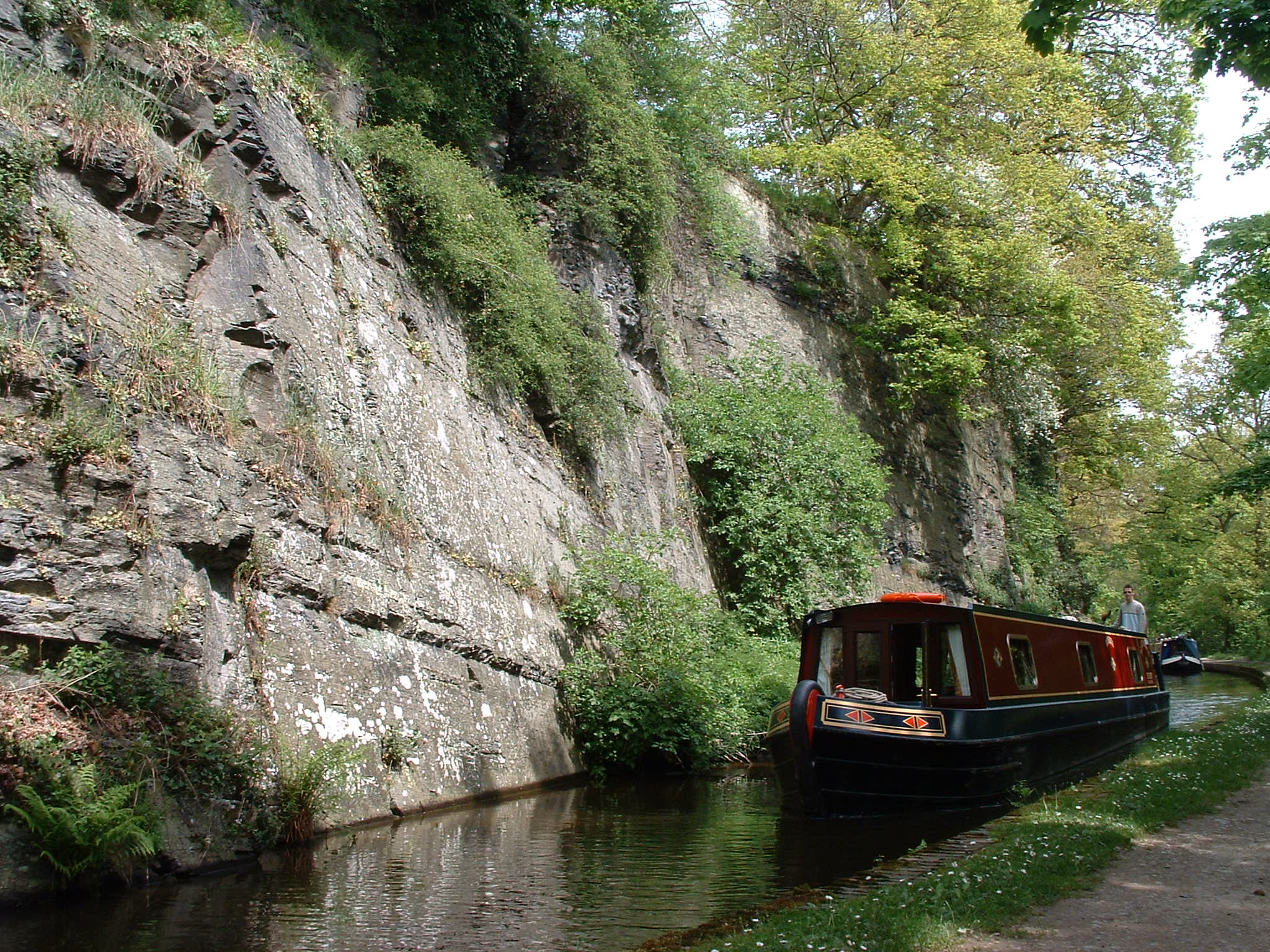|
Chester Basin
Chester Basin was a tidal basin on the River Mersey, in Liverpool, England. The basin was situated between the Pier Head and Manchester Dock. History The basin was built between 1785 and 1795, opening in 1795 as the Chester and Ellesmere Basin, and was in area. The basin was used by canal boats which had entered the river at Ellesmere Port, as well as other small craft on the Mersey, and was owned by the Shropshire Union Railways and Canal Company. The basin was filled in between 1928 and 1936, with some of the spoil excavated during the construction of the Queensway Tunnel. In 2007, during the construction of the Liverpool Canal Link, the site was excavated. The excavation revealed various carved stones, which were identified as being from the Liverpool Town Hall of 1673. References Sources * * Further reading * Liverpool docks {{Water-transport-stub ... [...More Info...] [...Related Items...] OR: [Wikipedia] [Google] [Baidu] |
Tide
Tides are the rise and fall of sea levels caused by the combined effects of the gravitational forces exerted by the Moon (and to a much lesser extent, the Sun) and are also caused by the Earth and Moon orbiting one another. Tide tables can be used for any given locale to find the predicted times and amplitude (or "tidal range"). The predictions are influenced by many factors including the alignment of the Sun and Moon, the phase and amplitude of the tide (pattern of tides in the deep ocean), the amphidromic systems of the oceans, and the shape of the coastline and near-shore bathymetry (see '' Timing''). They are however only predictions, the actual time and height of the tide is affected by wind and atmospheric pressure. Many shorelines experience semi-diurnal tides—two nearly equal high and low tides each day. Other locations have a diurnal tide—one high and low tide each day. A "mixed tide"—two uneven magnitude tides a day—is a third regular category. Tides va ... [...More Info...] [...Related Items...] OR: [Wikipedia] [Google] [Baidu] |
River Mersey
The River Mersey () is in North West England. Its name derives from Old English and means "boundary river", possibly referring to its having been a border between the ancient kingdoms of Mercia and Northumbria. For centuries it has formed part of the boundary between the historic counties of Lancashire and Cheshire. The Mersey starts at the confluence of the River Tame and River Goyt in Stockport. It flows westwards through south Manchester, then into the Manchester Ship Canal at Irlam, becoming a part of the canal and maintaining its water levels. After it exits the canal, flowing towards Warrington where it widens. It then narrows as it passes between Runcorn and Widnes. From Runcorn the river widens into a large estuary, which is across at its widest point near Ellesmere Port. The course of the river then turns northwards as the estuary narrows between Liverpool and Birkenhead on the Wirral Peninsula to the west, and empties into Liverpool Bay. In total the rive ... [...More Info...] [...Related Items...] OR: [Wikipedia] [Google] [Baidu] |
Liverpool
Liverpool is a City status in the United Kingdom, city and metropolitan borough in Merseyside, England. With a population of in 2019, it is the List of English districts by population, 10th largest English district by population and its ESPON metropolitan areas in the United Kingdom, metropolitan area is the fifth largest in the United Kingdom, with a population of 2.24 million. On the eastern side of the Mersey Estuary, Liverpool historically lay within the ancient Hundred (county division), hundred of West Derby (hundred), West Derby in the county of Lancashire. It became a Borough status in the United Kingdom, borough in 1207, a City status in the United Kingdom, city in 1880, and a county borough independent of the newly-created Lancashire County Council in 1889. Its Port of Liverpool, growth as a major port was paralleled by the expansion of the city throughout the Industrial Revolution. Along with general cargo, freight, and raw materials such as coal and cotton ... [...More Info...] [...Related Items...] OR: [Wikipedia] [Google] [Baidu] |
England
England is a country that is part of the United Kingdom. It shares land borders with Wales to its west and Scotland to its north. The Irish Sea lies northwest and the Celtic Sea to the southwest. It is separated from continental Europe by the North Sea to the east and the English Channel to the south. The country covers five-eighths of the island of Great Britain, which lies in the North Atlantic, and includes over 100 smaller islands, such as the Isles of Scilly and the Isle of Wight. The area now called England was first inhabited by modern humans during the Upper Paleolithic period, but takes its name from the Angles, a Germanic tribe deriving its name from the Anglia peninsula, who settled during the 5th and 6th centuries. England became a unified state in the 10th century and has had a significant cultural and legal impact on the wider world since the Age of Discovery, which began during the 15th century. The English language, the Anglican Church, and Eng ... [...More Info...] [...Related Items...] OR: [Wikipedia] [Google] [Baidu] |
Pier Head
The Pier Head (properly, George's Pier Head) is a riverside location in the city centre of Liverpool, England. It was part of the former Liverpool Maritime Mercantile City UNESCO World Heritage Site, which was inscribed in 2004, but revoked in 2021. As well as a collection of landmark buildings, recreational open space, and a number of memorials, the Pier Head was (and for some traffic still is) the landing site for passenger ships travelling to and from the city. History By the 1890s, the George's Dock, where the Pier Head now is, was essentially redundant. Built in 1771, it was the third dock built in Liverpool, and was too small and too shallow in depth for the commercial ships of the late 19th century. Most of the site was owned by the Mersey Docks and Harbour Board, set up by Parliament in 1857; a small part of the site still was still held by the Corporation of the City of Liverpool.De Figueiredo Peter"Symbols of Empire: The Buildings of the Liverpool Waterfront" ''Arch ... [...More Info...] [...Related Items...] OR: [Wikipedia] [Google] [Baidu] |
Manchester Dock (Liverpool)
Manchester Dock was a dock on the River Mersey in England and a part of the Port of Liverpool. The dock was not part of the interconnected dock system, but was connected directly to the river. History In the 1780s, the docks at Liverpool were expanding, and the Manchester Basin was built to the north of the Canning Dock. It was a tidal basin which was linked directly to the river, and was not linked directly to the other docks. The benefits of turning it into a proper dock were soon realised, and an entrance lock was constructed between 1810 and 1815, by John Foster, Sr., after which it was known as the Manchester Dock. The dock was an important gateway for the export of coal and manufactured goods, and for the import of corn and cotton. With the formation of the Shropshire Union Railways and Canal Company in 1845, the dock was used to hold their barges, and later those of the Great Western Railway The Great Western Railway (GWR) was a British railway company that l ... [...More Info...] [...Related Items...] OR: [Wikipedia] [Google] [Baidu] |
Narrowboat
A narrowboat is a particular type of canal boat, built to fit the narrow locks of the United Kingdom. The UK's canal system provided a nationwide transport network during the Industrial Revolution, but with the advent of the railways, commercial canal traffic gradually diminished and the last regular long-distance transportation of goods by canal had virtually disappeared by 1970. However, some commercial traffic continued. From the 1970s onward narrowboats were gradually being converted into permanent residences or as holiday lettings. Currently, about 8580 narrowboats are registered as 'permanent homes' on Britain's waterway system and represent a growing alternative community living on semi-permanent moorings or continuously cruising. For any boat to enter a narrow lock, it must be under wide, so most narrowboats are nominally wide. A narrowboat's maximum length is generally , as anything longer will be unable to navigate much of the British canal network, because the ... [...More Info...] [...Related Items...] OR: [Wikipedia] [Google] [Baidu] |
Ellesmere Port
Ellesmere Port ( ) is a port town in the Cheshire West and Chester borough in Cheshire, England. Ellesmere Port is on the south eastern edge of the Wirral Peninsula, north of Chester, south of Birkenhead, southwest of Runcorn and south of Liverpool. The town had a population of 61,090 in the 2011 census. Ellesmere Port also forms part of the wider Birkenhead urban area, which had a population of 325,264 in 2011. The town was originally established on the River Mersey at the entrance to the Ellesmere Canal. As well as a service sector economy, it has retained large industries including Stanlow oil refinery, a chemical works and the Vauxhall Motors car factory. There are also a number of tourist attractions including the National Waterways Museum, the Blue Planet Aquarium and Cheshire Oaks Designer Outlet. History The town of Ellesmere Port was founded at the outlet of the never-completed Ellesmere Canal. The canal (now renamed) was designed and engineered by ... [...More Info...] [...Related Items...] OR: [Wikipedia] [Google] [Baidu] |
Shropshire Union Railways And Canal Company
The Shropshire Union Railways and Canal Company was a Company in England, formed in 1846, which managed several canals and railways. It intended to convert a number of canals to railways, but was leased by the London and North Western Railway (LNWR) from 1847, and although they built one railway in their own right, the LNWR were keen that they did not build any more. They continued to act as a semi-autonomous body, managing the canals under their control, and were critical of the LNWR for not using the powers which the Shropshire Union Company had obtained to achieve domination of the markets in Shropshire and Cheshire by building more railways. The company grew out of the amalgamation of the Chester Canal with its branch to Middlewich and the Birmingham and Liverpool Junction Canal, which ran from Nantwich to Autherley. They took over the Eastern and Western branches of the Montgomery Canal, the Shrewsbury Canal and leased the Shropshire Canal. Although plans to convert them to ... [...More Info...] [...Related Items...] OR: [Wikipedia] [Google] [Baidu] |
Liverpool Canal Link
The Liverpool Canal Link is an English waterway link that connects the Leeds and Liverpool Canal, at the Liverpool Pier Head, to the city's South Docks. It cost £22m and was opened in March 2009. The new link adds of navigable waterway to the canal system. History It was intended that the Leeds and Liverpool Canal would be linked to the docks in Liverpool. It was only in 1846, 30 years after the canal's completion, that the canal was directly linked to the docks via the Stanley Dock Branch. Georges Dock was filled in at the beginning of the 20th century to allow the building of the Liver Building, Cunard Building and the Mersey Docks and Harbour Board Building, now known as "the Three Graces". This meant the North and South Docks were no longer directly linked. Boats wishing to travel from the North Docks to the South Docks had to go via the River Mersey. Planning By 2000 there were several new canal projects such as the renovation of the Huddersfield Narrow Canal, the ... [...More Info...] [...Related Items...] OR: [Wikipedia] [Google] [Baidu] |









